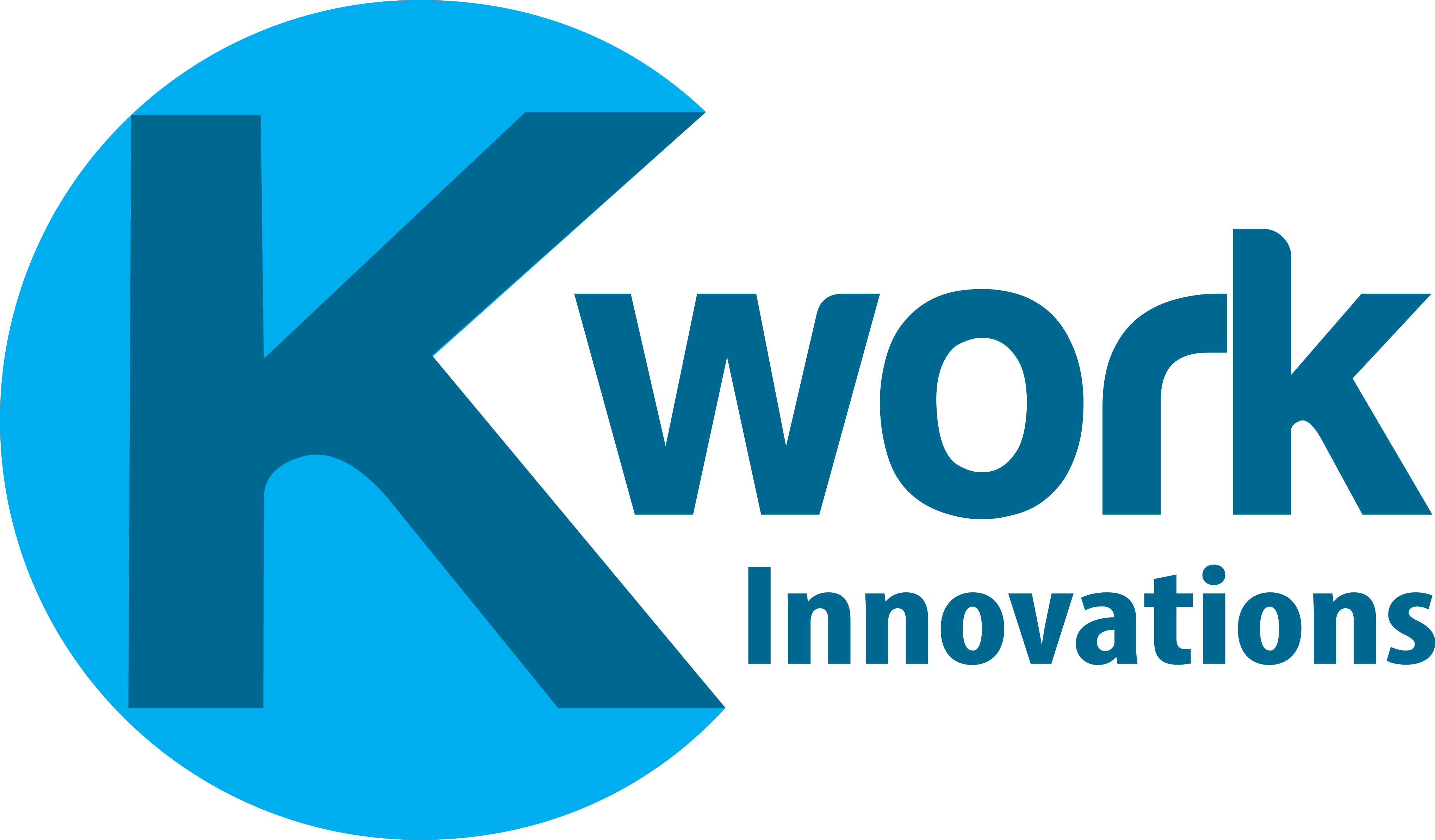API means Application Programming Interface. It is used for smoother interactions between service providers and users. IBM Watson offers several APIs, all of which fall under 7 categories: AI Assistant, Data, Knowledge, Vision, Speech, Language, and Empathy.

They are categorized based on the backbone of different software. This makes it easier for Directors of Technology to decide which API is suitable for what their company needs. Let’s take a closer look at the API, services, and demos under each category.
AI Assistant
An AI Assistant allows more distinct conversation technology. A product under this category is Watson Assistant. It will aid users in building an AI assistant for different purposes, ranging from messaging platforms to robots.
The goal is to create an AI assistant that is more human than machine – but to a reasonable extent. Watson Assistant goes by the belief that anyone can build an assistant. It comes with readily trained tools and content to build AI.
Data
Under the next category, Data, are Watson Studio, Watson Machine Learning, and AI Openscale. All of these aid in the building of different AI models.
Along with this, Watson Studio also handles the preparation and analysis of data. It also allows the collaborative building of AI models by storing and deploying data that can be easily accessed.
While Watson Machine Learning uses this data in creating more intelligent and collaborative applications, it also offers easy creation of machine learning models by using visual tools and cues like patterns.
Lastly, AI Openscale creates transparency and trust by explaining how AI decisions are made. When users are made aware of how things work, they are more likely to trust the AI built for them.
Knowledge
Under the category of Knowledge are Watson Discovery, Discovery News, Natural Language Understanding, and Knowledge Studio. These are all used for accessing more meaningful insights with applications.

Watson Discovery gathers data from users to recognize trends and patterns, that developers can then use to provide more advanced insights. If a user is more inclined to a certain type of product and Watson sees this trend, it is more likely to provide the right results for the user.
Discovery News, on the other hand, presents the most relevant news to users through meta-information. The story is filtered based on what insight the user is providing, so only relevant pieces of news are displayed.
The next API, Natural Language Understanding, offers complete and advanced tools for a better understanding of unstructured data and text analytics. Text and data are used to extract powerful insights. These insights can be used to customize a domain according to a specific industry of interest.
The last API listed under “Knowledge” is the Knowledge Studio. It is used to integrate all the other Watson products and applications to apply different processes from previous applications to build an even better domain.
Vision
The only product under this category is called Visual Recognition. This product allows the analyzation of visual elements like images. And there are billions of pictures on the internet that can be used to extract insights.
This API allows the creation of custom models that can be taught to analyze content and provide insight. Trends and patterns are also created, but unlike the Watson Discovery, Visual Recognition utilizes visual content.
Visual Recognition is used hand in hand with Watson Studio to create more customized AI models. This makes AI models easier to build into mobile apps and allows the minimizing of its downtime.
Speech
The next category, Speech, includes Text-to-Speech and Speech-to-Text. From the service names themselves, these make it easier for developers to convert speech to text and vice versa. Systems can be taught to pronounce languages and dialects naturally.
Just as smoothly as these systems “speak”, the Speech to Text tool will also make a smooth conversion of audio to text. Transcription is made easy with a customizable speech engine. These speech engines take into account the relevant specifics to the company like other company names, specific places, and the like.
These tools can transcribe audio in real-time and allows a variety of languages. Its aim is to allow not just a simple text per text conversion, but a smart conversion of any input.
Language
Speaking of languages, the next category is Language. Under which are Language Translator and Natural Language Classifier. The former is used to translate with speed and ease, without sacrificing accuracy.
Translations are constantly improved using the data that users provide. Data collection, however, can be strictly monitored. Language Translator can deny any data collection if the user wishes so.
The Natural Language Classifier, however, uses data to analyze and classify text. It utilizes machine learning to categorize texts and build labels. With the help of different machine learning techniques, the amount of data need not be big to achieve accuracy.
Empathy
The last category, Empathy, includes Personality Insights and Tone Analyzer. The products under this category deal with understanding and analyzing the user’s preferences using tone and personality.
Personality Insights utilizes written text from communication media like blogs, forums, and even Twitter tweets to build personality portraits. This service provides developers with an understanding of user preferences. These preferences can be used to gauge a user’s interest in a certain product or service.
The Tone Analyzer, on the other hand, aims to understand the emotional state of the user. Satisfaction and dissatisfaction of users are monitored through written texts like Personality Insights. This is used for enhanced customer service.
Tone Analyzer can also be used to create chatbots that respond better to a different customer or user concerns. A typical user problem is the uselessness of simple AIs like chatbots. With Tone Analyzer, a chatbot can be smart enough to know which steps to offer the user and when to direct the user to a human.
Both the Personality Insights and Tone Analyzer can be set either on an individual level or even at large scales.
Conclusion
With these APIs in the arsenal of a Director of Technology, powerful systems can be created. Data privacy, customer satisfaction, and the speed and accuracy of services don’t need to be sacrificed.
AI doesn’t need to imitate a human to be smart completely, nor be a robot to be systematic. IBM Watson offers the tools and services to create an AI that balances both qualities.

